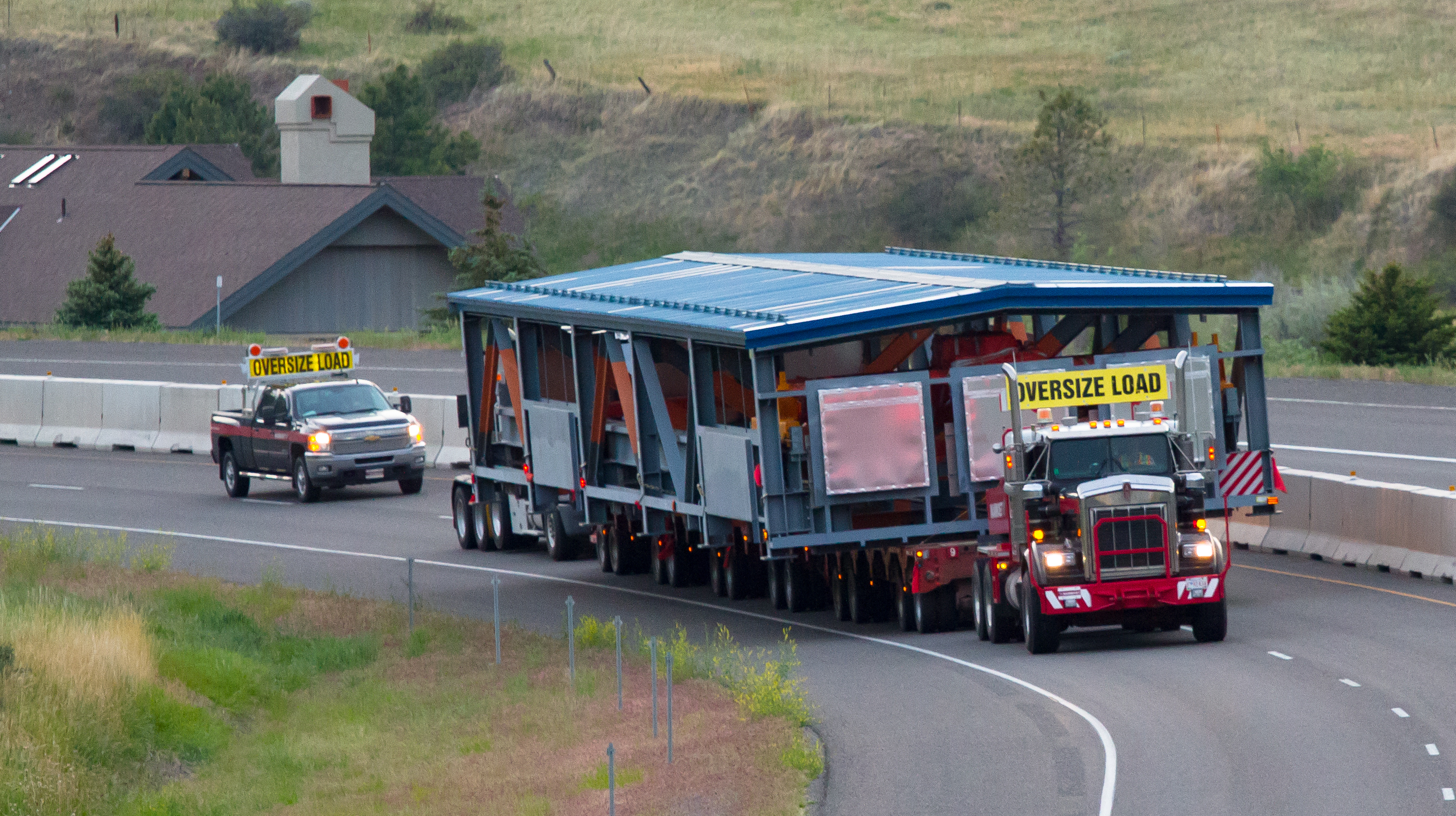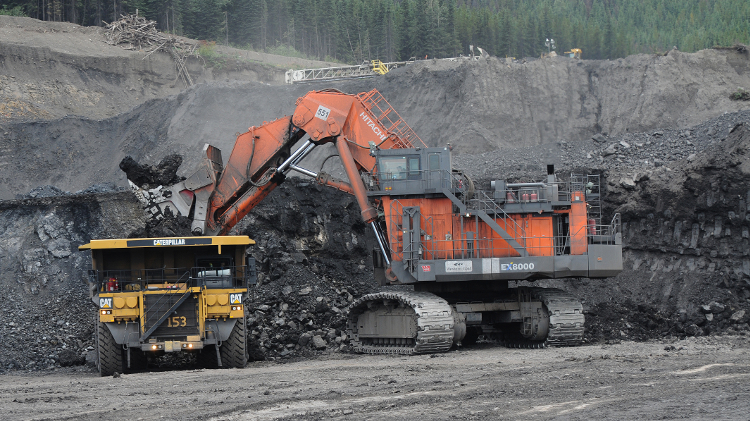This article was provided by Imperial Oil
For any mine operator, maximising productivity while achieving the lowest cost per ton is critical to success. Designing and executing a lubrication program for your operation is a low-hanging opportunity to help achieve your business goals. A program can drive success and profitability by helping:
• Optimise oil drain intervals to reduce maintenance costs
• Enhance equipment reliability to minimise downtime
• Address sustainability by choosing lubricants that can help boost fuel efficiency
To put this opportunity into perspective, a typical maintenance costs program for a standard haul truck involves four service intervals – at 500, 1,000, 2,000 and 4,000 hours. What if you could stretch your first service interval to 1,000 hours, which could help enhance equipment uptime, reduce human-equipment interaction and minimise oil consumption? Getting there requires data-driven methodology and higher performance tools.
First, you need to collect baseline data using tools that can assess lubricant performance through used oil analysis, filtration, RCFAs, spinner technologies and other critical items. That data is then filtered to deliver detailed insights into performance trends. Conducting this work properly also requires partnering with a best-in-class lubricant supplier. Imperial Oil has decades of experience working with mining companies across Canada to optimise their maintenance programs.
Four-step process
Optimising your program involves four key steps:
• Feasibility analysis
• Documenting performance via field testing
• Evaluating results
• Ongoing program maintenance
In feasibility analysis, you assess a range of factors, including manpower and shop space needs, fleet and operating equipment profiles, existing services intervals, and oil and filter targets. The information is then funnelled into an economic review, identifying improvement potential. We can then set a test protocol for a feasibility study that addresses the operation’s mechanical, maintenance and sustainability objectives. The feasibility study is critical, as it will show you a variety of opportunities for improvement.
You then execute this study to document performance via field testing. The ideal field test will utilise a set of machines that mirror the overall fleet and assess performance over at least three service cycles. You should also obtain regular oil samples to understand oil health, contaminant levels and engine wear. You can then finalise and implement the improvements to your maintenance program. To ensure long-term success, you need to continuously evaluate and seek further improvement opportunities for the program.
Once the testing is complete, compare this data against the outputs of your feasibility study to see if it validates the initial hypothesis. The key question is – does it confirm that the maintenance enhancements will improve operational performance, or does the test protocol require adjustment? It is absolutely essential to work with your lubricant partner throughout this process.
Success story
Mobil™ engineers conducted a feasibility analysis for a taconite mine and developed a test protocol to assess used oil analysis results, unit availability, component reliability, fuel economy and preventive maintenance scheduling. After a field test, they saw opportunity to enhance productivity, primarily through an optimised service schedule (1,000, 2,000 and 4,000 hours), improved filtration strategies and implementing a fuel bay or fuel station in pit inspections.




